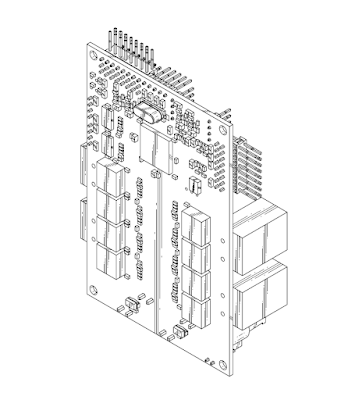Freedom to Operate Search | FTO Search | clearance Search | InventionIP

In the fast-paced world of business and innovation, staying ahead of the competition is critical. However, in the excitement of launching new products or services, businesses must guarantee that they have the freedom to operate without infringing on existing patents, trademarks, or copyrights. This is where the Freedom to Operate (FTO) search, also known as Product Clearance Search, comes into play. Introduction to Freedom to Operate Search A Freedom to Operate (FTO) or Clearance Search is a thorough assessment of existing intellectual property rights to discover if a product, service, or business operation violates any third-party rights. This search is especially necessary before introducing new products or entering new markets to reduce the likelihood of legal battles and financial damage. How to Perform an FTO Search: Identify Relevant Patents: Start by locating patents that are related to your product or service. Use patent databases and other tools to perform a thorough search.


